Life expectancy in the UK had been increasing for a number of decades; however, in the second decade of the 21st century, the UK along with several other countries has seen a notable slowdown in these improvements in both male and female mortality.
What’s the next breakthrough?
A few places in the world are called “Blue Zones.” The term refers to geographic areas in which people have low rates of chronic disease and live longer than anywhere else. There are high rates of people who live to 90-100 years old.
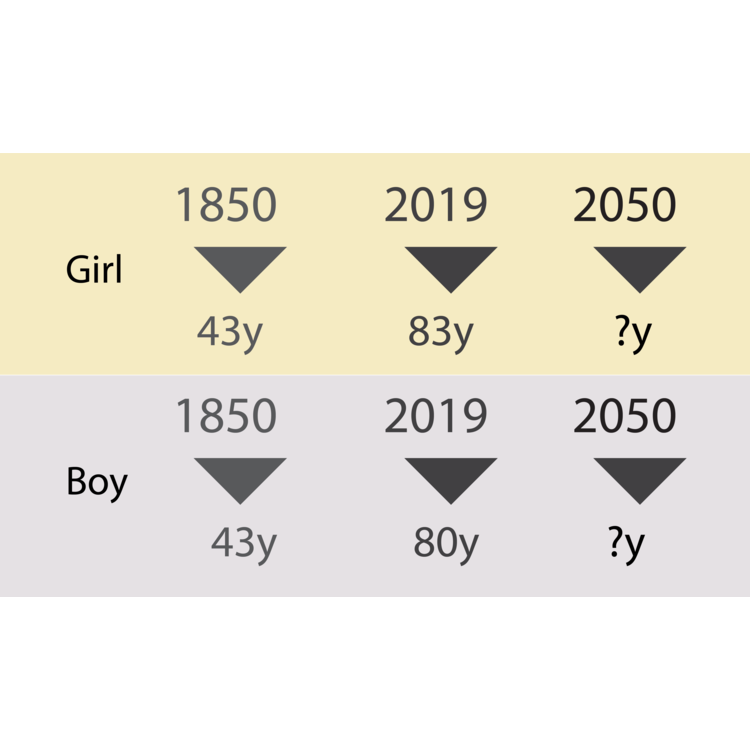
A number of studies have found that these areas contain extremely high rates of nonagenarians and centenarians, which are people who live over 90 and 100, respectively.
Interestingly, genetics probably only account for 20–30% of longevity. Therefore, environmental influences, including diet and lifestyle, play a huge role in determining your lifespan.
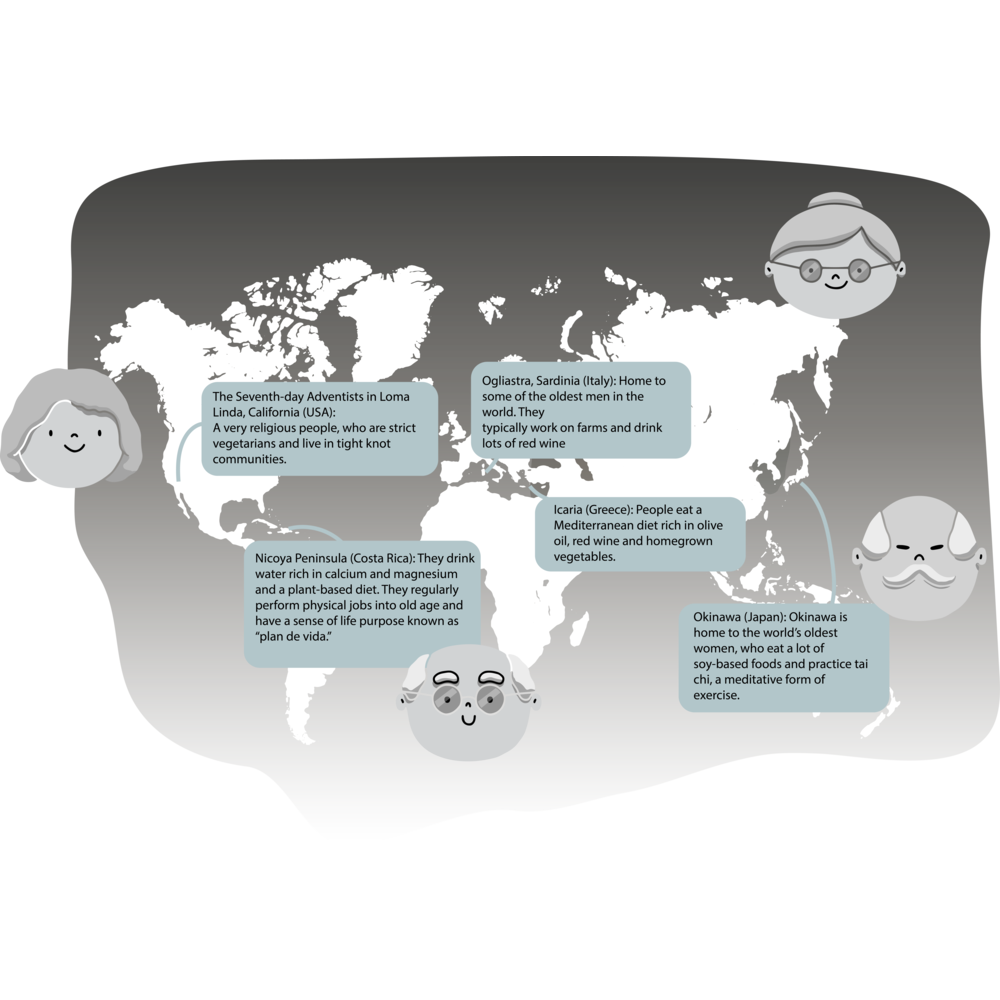
A number of studies have found that these areas contain extremely high rates of nonagenarians and centenarians, which are people who live over 90 and 100, respectively.
Interestingly, genetics probably only account for 20–30% of longevity. Therefore, environmental influences, including diet and lifestyle, play a huge role in determining your lifespan.
Ageing is a natural, inevitable process, despite the abundance of creams claiming to stop, slow down or entirely reverse it. The problem with the plethora of anti-aging products on the market is that they barely scratch the surface: they may plump up the skin and smooth out the fine lines but eventually, time catches up with you.
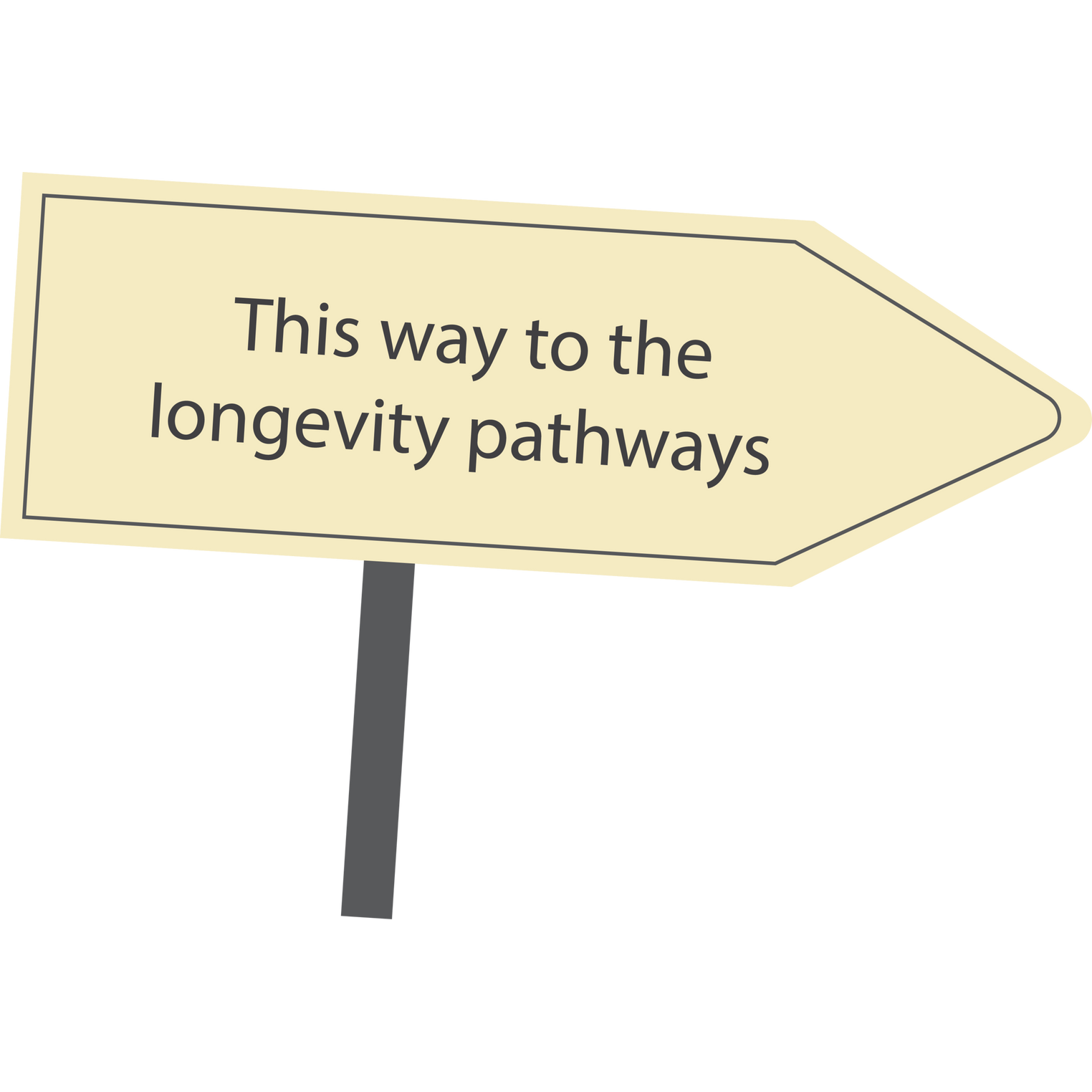


Ageing is a natural, inevitable process, despite the abundance of creams claiming to stop, slow down or entirely reverse it. The problem with the plethora of anti-aging products on the market is that they barely scratch the surface: they may plump up the skin and smooth out the fine lines but eventually, time catches up with you.
Long-term calorie restriction may help longevity.
Okinawans tend to follow the 80% rule, which they call “hara hachi bu.” This means that they stop eating when they feel 80% full, rather than 100% full.
Caloric restriction and periodic fasting are common in Blue Zones.
Both these practices can significantly reduce risk factors for certain diseases and prolong healthy life.


Consuming one to two glasses of red wine per day is particularly common in the Icarian and Sardinian Blue Zones.
In fact, Sardinian Cannonau wine, which is made from Grenache grapes, has been shown to have extremely high levels of antioxidants, compared to other wines.
Antioxidants help prevent damage to DNA that can contribute to aging. Therefore, antioxidants may be important for longevity.
Significantly lower blood pressure, lower blood sugar, more “good” cholesterol and improved sleep quality.
People in some Blue Zones drink one to two glasses of red wine per day, which may help prevent heart disease and reduce the risk of death.
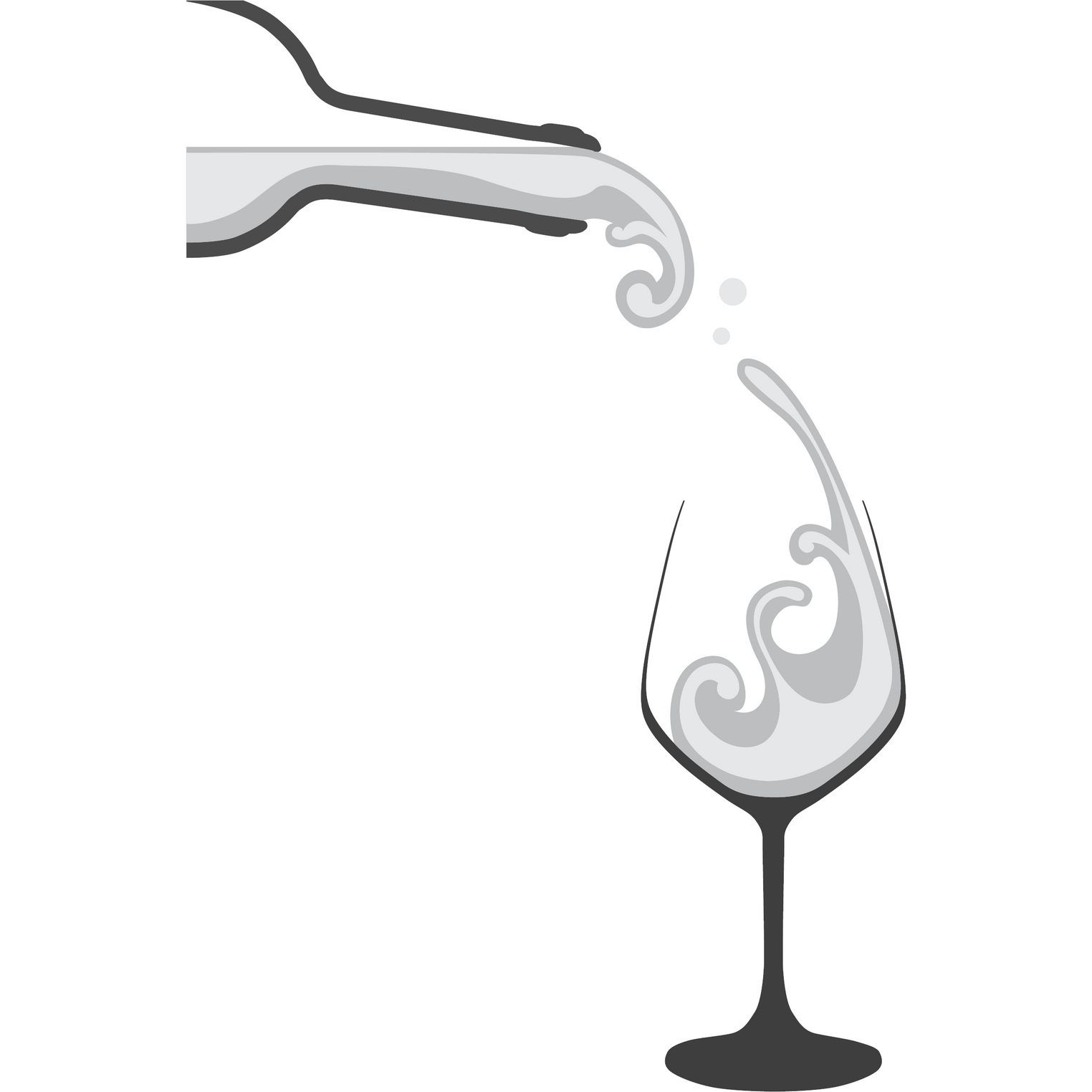
In the Blue Zones, people don’t exercise purposefully by going to the gym. Instead, it is built into their daily lives through gardening, walking, cooking and other daily chores. 75 vigorous-intensity or 150 moderate-intensity minutes of aerobic activity per week.
A large study including over 600,000 people found that those doing the recommended amount of exercise had a 20% lower risk of death than those who did no physical activity. Doing even more exercise can reduce the risk of death by up to 39%.
Moderate physical exercise that is built into daily life, such as walking and climbing stairs, may help prolong life.
In addition to exercise, getting adequate rest and a good night’s sleep also seem to be very important for living a long and healthy life.
People in Blue Zones get suf cient sleep and also often take daytime naps.
A number of studies have found that not getting enough sleep, or getting too much sleep, can signif cantly increase the risk of death, including from heart disease or stroke.
A large analysis of 35 studies found that seven hours was the optimal sleep duration. Sleeping a lot less or a lot more than that was associated with an increased risk of death.



Being religious or spiritual: Blue Zones are typically religious communities. A number of studies have shown that being religious is associated with a lower risk of death. This may be due to social support and reduced rates of depression.
Having a life purpose: People in Blue Zones tend to have a life purpose, known as “ikigai” in Okinawa or “plan de vida” in Nicoya. This is associated with a reduced risk of death, possibly through psychological well-being.
Older and younger people living together: In many Blue Zones, grandparents often live with their families. Studies have shown that grandparents who look after their grandchildren have a lower risk of death.
A healthy social network: Your social network, called “moai” in Okinawa, can affect your health. For example, if your friends are obese, you have a greater risk of being obese, possibly through social acceptance of weight gain.
Summary: Factors other than diet and exercise play an important role in longevity. Religion, life purpose, family and social networks can also influence how long you live.
Science has proposed four different pathways to longevity: inhibiting MTOR and Nf-KB, and activating AMPK and SIRT. Targeting these can not only help you look younger but feel younger as well.
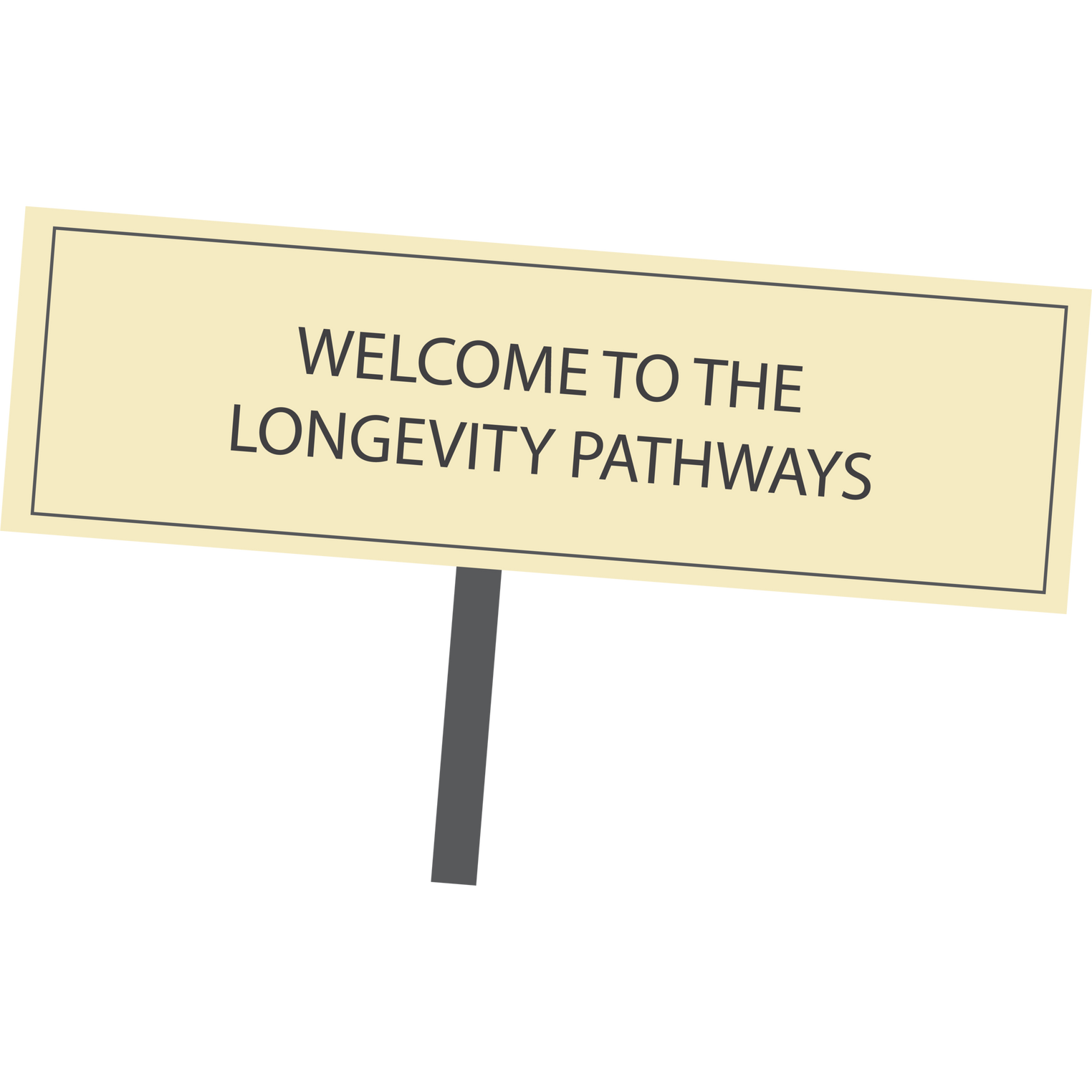
Science has proposed four different pathways to longevity: inhibiting MTOR and Nf-KB, and activating AMPK and SIRT. Targeting these can not only help you look younger but feel younger as well.
AMPK is a cellular energy controller. AMPK levels decrease as we age. Higher levels of AMPK guard our bodies against diabetes, obesity, and accelerated aging and can increase lifespan by 20%.
We must activate AMPK by incorporating

MTOR serves as a critical cellular pathway that functions as a comprehensive signaling controller. It plays a pivotal role in regulating various cellular processes.
We must inhibit MTOR by incorporating

Sirtuins work amongst many cellular pathways that control cell death, turn anti-aging genes on and off, help repair DNA and regulate metabolism.
Sirt genes require NAD+ for their activation
We must activate SIRT by incorporating

F-kB is a super sensor detecting threats to the immune response, in other words, the master switch for inflammation. Chronic inflammation is related to numerous age-related diseases and conditions; including cancer, heart disease, diabetes, neurological degeneration.
We must inhibit NF-kB by incorporating

Furthermore, with a review of all the noted strategies to inhibit or activate these pathways.

Where is the ‘’fountain of youth’’? The answer is rather simple: in the healthy lifestyle. Eating a diet, rich in minerals, vitamins, and anti-aging supplements, exercising and taking the time to relax are the keys to reversing or at the very least slowing down the aging process. The four pathways interact with each other, so targeting all of them in a synergistic manner is the best way to achieve long-lasting youth, from the inside out.